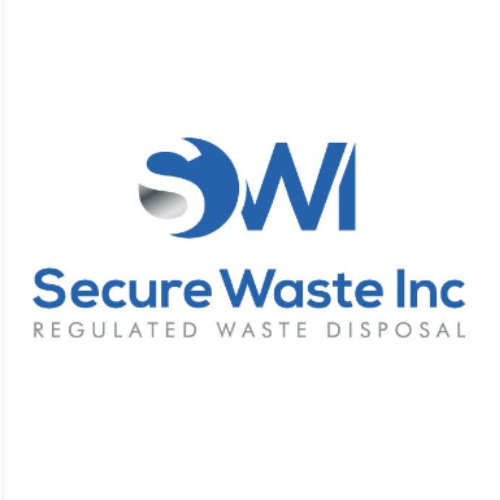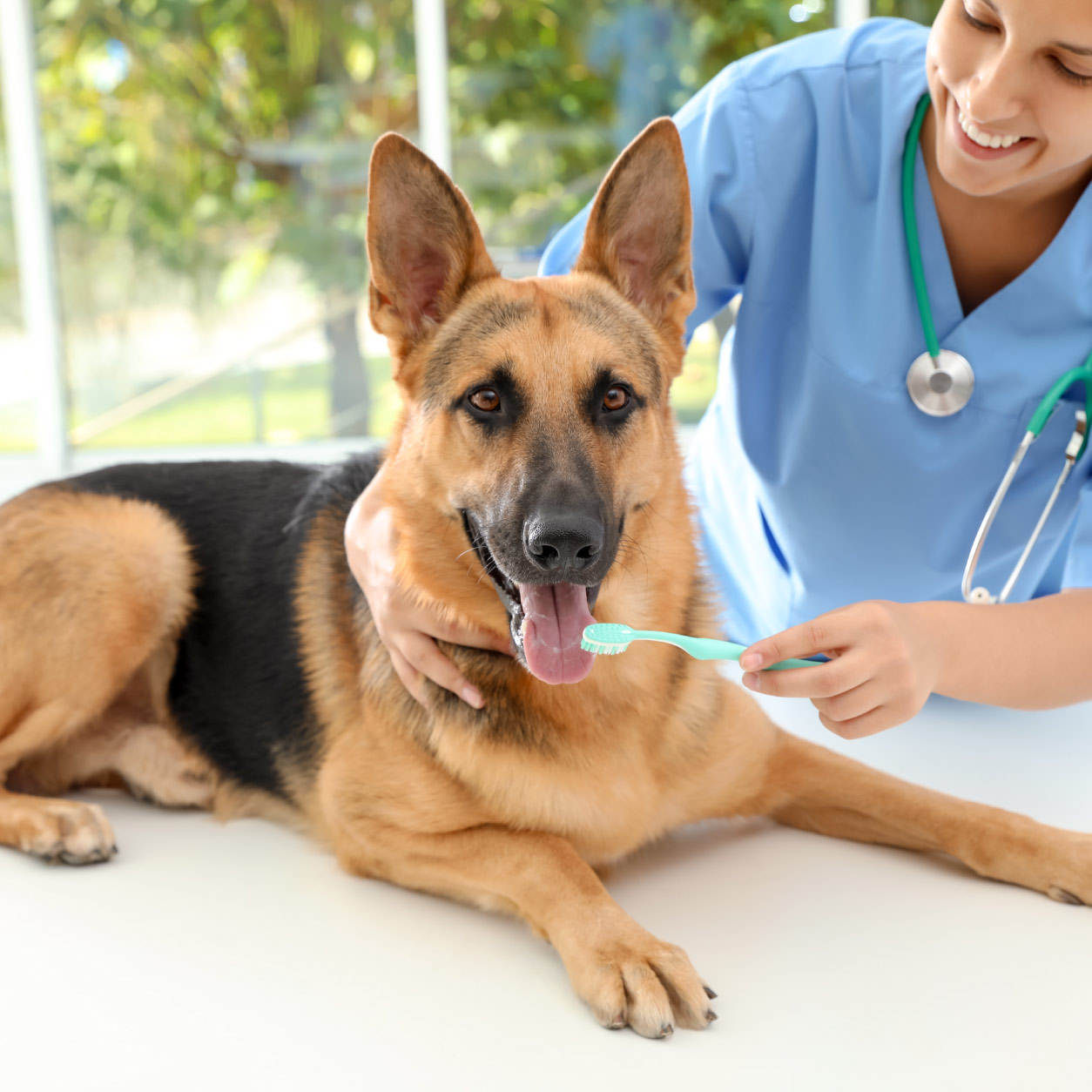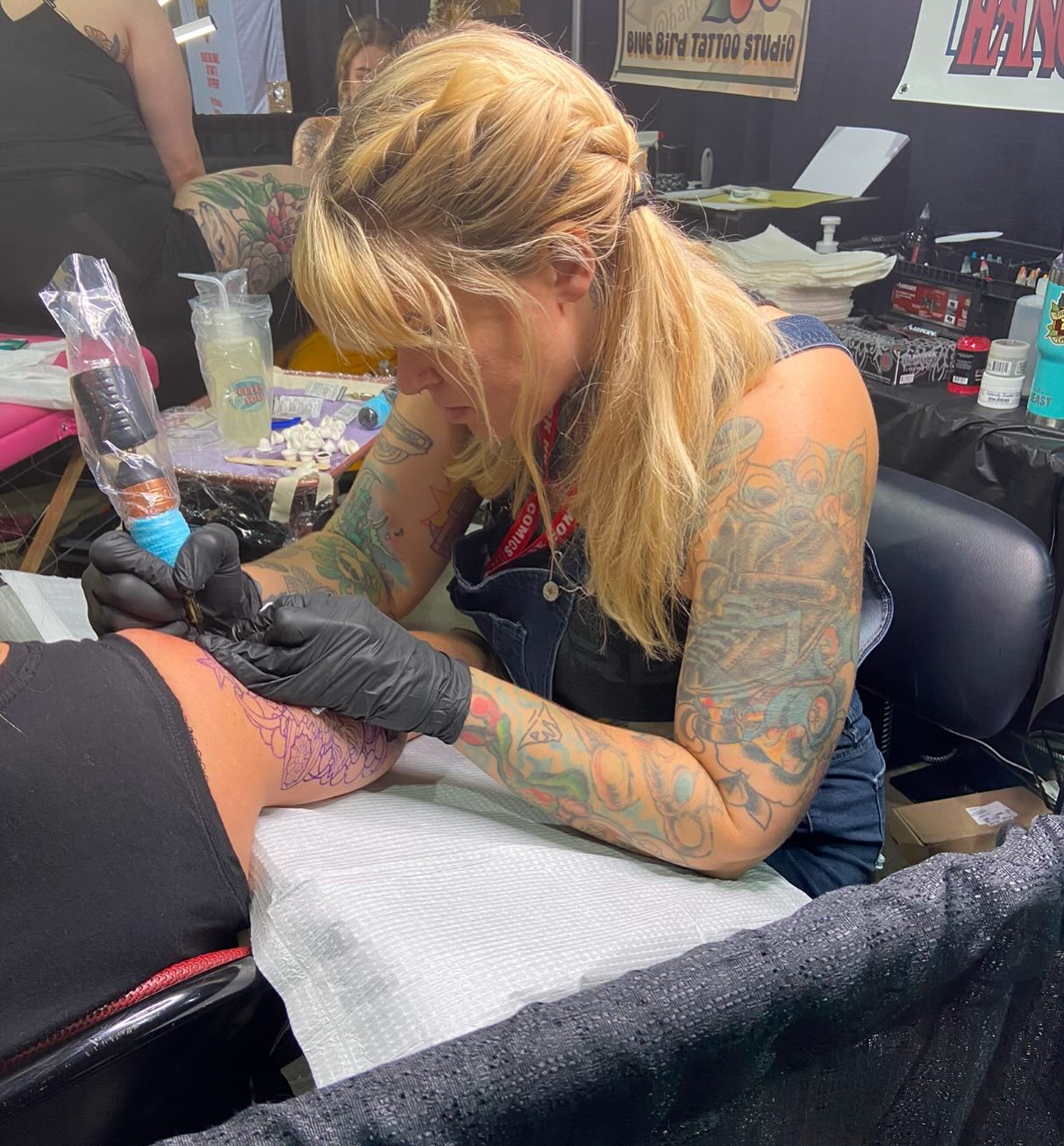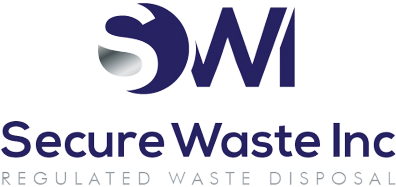Regardless of their size or specialization, veterinary clinics consistently generate various types of hazardous waste. This can include used needles, contaminated gloves, chemical solvents, pharmaceuticals, and animal tissues, the byproducts that are unavoidable in providing medical care to animals. However, disposing of hazardous waste is not just a routine task; it’s a vital responsibility that directly impacts public health, environmental safety, and legal compliance.
Effectively managing this waste is a vital responsibility that directly impacts public health, environmental safety, and legal compliance. That requires a thorough understanding of regulatory protocols set by agencies such as the Environmental Protection Agency (EPA) and the Occupational Safety and Health Administration (OSHA) and a commitment to safe, responsible practices. So, staying informed and proactive in this case is essential. But how do you manage and dispose of hazardous waste? What are the compliance regulations to follow? I’d like to explore this quick guide.

Types of Veterinary Medical Waste
Sharps Waste
Veterinary clinics commonly use needles, scalpel blades, suture needles, lancets, and other sharp instruments during injections, surgeries, and procedures. These are classified as hazardous sharps waste and require proper disposal to prevent injury, contamination, and regulatory violations.
Biohazardous Waste
This includes animal tissues, body parts, blood, urine, feces, fluids, and contaminated items such as bandages, gauze, bedding, gloves, and surgical drapes. Any material potentially infected with zoonotic or veterinary pathogens must be carefully handled to dispose of hazardous waste effectively.
Pharmaceutical Waste
Veterinary practices routinely dispose of unused, expired, or partially used drugs, including antibiotics, vaccines, anesthetics, and controlled substances. These are considered pharmaceutical waste and must be segregated based on their classification (e.g., hazardous, controlled) following proper veterinary waste management.
Hazardous Chemical Waste
These clinics utilize X-ray developers and fixers, formaldehyde, cleaning agents, disinfectants, and laboratory solvents. These are regulated as hazardous waste under RCRA and require disposal in labeled, compliant containers.
General Waste
Non-hazardous and non-contaminated materials like paper, packaging, food wrappers, and office waste fall into this category.
Deceased Animals and Pathological Waste
Animal carcasses, euthanized remains, and pathological specimens such as organs or tissue must be disposed of according to state or local regulations. Options include cremation, licensed incineration, or burial in designated pet cemeteries. Clinics may work with licensed rendering or cremation services and ensure they dispose of this hazardous waste carefully and properly.
Radiological Waste (if applicable)
In cases where radioactive materials (e.g., iodine-131) are used for diagnostic or treatment purposes, resulting waste must be stored and disposed of per NRC or equivalent state or local regulations for vet clinics.
Common Biohazards and Chemical Risks With Veterinaries Waste
Biological Hazards in Veterinary Waste
- Diseases transmissible from animals to humans, such as rabies, leptospirosis, and salmonellosis, can be present in animal tissues, blood, and bodily fluids.
- Sharps used in veterinary procedures may contaminate blood or bodily fluids containing infectious agents. If these sharps accidentally puncture or cut veterinary personnel, they can transmit zoonotic or bloodborne pathogens, such as the Rabies virus, Brucella spp., Salmonella spp., Capnocytophaga canimorsus, etc.
- Animal carcasses and tissues removed during surgery or necropsy may harbor infectious microorganisms. Pathogens commonly associated with deceased animals include Mycobacterium bovis, Listeria monocytogenes, Yersinia pestis, Coxiella burnetii, etc.
- Laboratory cultures used for diagnostic purposes can contain hazardous pathogenic microorganisms if not disposed of correctly.
Chemical Hazards in Veterinary Waste
- Gases like isoflurane and nitrous oxide used during surgeries can leak into the clinic environment, potentially causing health issues such as headaches and nausea with prolonged exposure.
- Medications such as chemotherapeutic agents and certain antibiotics can be toxic to humans, necessitating careful handling and disposal procedures.
- Substances used for parasite control and animal euthanasia can be harmful if not managed properly, posing risks of poisoning and environmental contamination.
- Use of X-rays and other radiological procedures involves exposure to ionizing radiation, which requires strict safety measures to protect staff.
Legal Regulations for Veterinarian Waste Disposal
Multiple federal agencies regulate veterinary waste disposal in the U.S. due to the diverse nature of the materials involved, including hazardous chemicals, pharmaceuticals, biological waste, and radioactive substances.
Environmental Protection Agency (EPA)
- Resource Conservation and Recovery Act (RCRA): This act governs hazardous waste from creation to disposal (“cradle-to-grave”). Clinics must track waste and register using EPA Forms 8700-12 or 8700-23.
- Clean Water Act (CWA): Regulates discharges into water systems, especially from animal facilities like aquaculture or feeding operations.
- Clean Air Act (CAA): Controls air emissions from sterilization equipment, such as ethylene oxide units.
- Toxic Substances Control Act (TSCA): Covers the disposal of specific chemicals not included under RCRA.
2. Occupational Safety and Health Administration (OSHA)
- Bloodborne Pathogens Standard (29 CFR 1910.1030): This standard ensures the safe handling and disposal of sharps, infectious, and biohazardous waste.
- Hazard Communication Standard (29 CFR 1910.1200): This standard requires chemical hazard labeling, Safety Data Sheets (SDS), and employee training.
3. Department of Transportation (DOT)
- 49 CFR Parts 171–173: Regulates classification, packaging, and transport of hazardous materials. Staff must be trained; labeling and documentation are required.
- Federal Aviation Administration (FAA): Enforces DOT rules for air shipments of specimens or waste.
4. National Institute for Occupational Safety and Health (NIOSH)
Though not a regulator, NIOSH provides safety guidance. EPA recommends treating NIOSH-listed drugs, such as chemotherapy agents, as hazardous waste.
5. Drug Enforcement Administration (DEA)
- The Controlled Substances Act and 21 CFR 1317 Mandate the proper disposal of controlled substances via DEA-approved methods or authorized personnel.
6. Nuclear Regulatory Commission (NRC)
- Atomic Energy Act & Regulatory Guide 8.18: This act governs radioactive materials, requiring safe handling and disposal per ALARA principles.
Medical Waste Containers For Vet Clinics
Veterinary clinics must use clearly labeled, color-coded veterinary medical waste containers to dispose of hazardous waste:
Yellow Containers: High-Risk Infectious Waste
- Animal anatomical waste and body fluids
- Soiled waste: dressings, swabs, plaster casts, blood-contaminated items
- Expired or discarded medicines: antibiotics, cytotoxic drugs, ampoules, and vials
- Chemical waste and chemical liquid waste: disinfectants, formalin, X-ray fluids
- Contaminated linen, gowns, and masks
- Microbiology and lab waste: cultures, blood bags, vaccines, and lab dishes
Red Containers: Non-Infectious Plastic Waste
- Tubing, IV sets, syringes (without needles), catheters, gloves, urine bags
Blue Containers: Glass Waste
- Broken or contaminated glass and vials (except cytotoxic waste)
White Containers: Sharps Waste
- Needles, scalpels, blades, and metal sharps (used, discarded, or contaminated)
Black Containers: General Non-Hazardous Waste
- Non-contaminated waste, such as packaging and office materials
Steps to Dispose of Veterinary Medical Waste Safely
- Segregate Waste at Source: Separate sharps, infectious waste, pharmaceuticals, and chemical waste into designated color-coded containers to prevent cross-contamination.
- Use Approved Containers: Dispose of sharps in puncture-proof, leak-resistant containers with biohazard labels.
- Label Containers Clearly: Indicate waste type, hazard symbols, and the generation date on all containers for traceability and safety.
- Secure Storage: Store waste in a designated, well-ventilated area, away from unauthorized access and pests. Ensure containers are sealed to prevent leakage or exposure.
- Contract Licensed Disposal Services: Work with authorized biomedical waste handlers for collection, transport, and treatment (e.g., incineration, autoclaving).
- Document Disposal: Maintain detailed waste generation, storage, and disposal records to meet audit and compliance requirements.
- Train Staff & Use PPE: To minimize occupational risks, provide proper training and personal protective equipment (PPE) to all waste-handling personnel for safe waste disposal in animal healthcare.
Choosing the Right Waste Disposal Partner
When disposing of hazardous waste from veterinary clinics, partnering with a trusted local expert is essential. Secure Waste offers reliable, no-contract medical waste services tailored explicitly for veterinary practices across Maryland, Virginia, and Washington D.C. We specialize in biohazard waste disposal, sharps waste disposal, and other hazardous waste disposal and pickup, ensuring your clinic stays compliant with all local regulations for vet clinics. With flexible scheduling, transparent pricing, and over 25 years of experience in veterinary waste management, Secure Waste is committed to keeping your staff, patients, and environment safe and ensuring you dispose of hazardous waste correctly.
Learn more about our veterinary clinics’ waste disposal or request a hazardous waste pickup today.
You can call us at 877-633-7328 or email contactus@securewaste.net to get started.

Expert Medical Waste Management: With over 25 years of industry experience, Secure Waste is a trusted local leader in hazardous and biohazardous waste disposal across Maryland, Virginia, and Washington, D.C. Specializing in medical waste management, sharps needle disposal, and biohazard waste removal, the company ensures full compliance with federal, state, and local regulations while prioritizing environmental sustainability.
The company also offers additional services, including secure document shredding and sharps container sales, providing comprehensive solutions for healthcare facilities and businesses. Our cost-effective services help clients maintain regulatory compliance without unexpected costs.
With a commitment to customer satisfaction, Secure Waste offers tailored waste management plans that align with industry best practices. Their team of experts provides reliable, timely, and compliant services, making them the preferred choice for medical waste disposal. For a free waste quote or more information, visit www.securewaste.net






